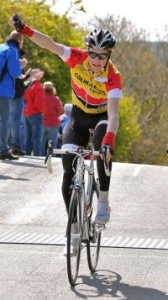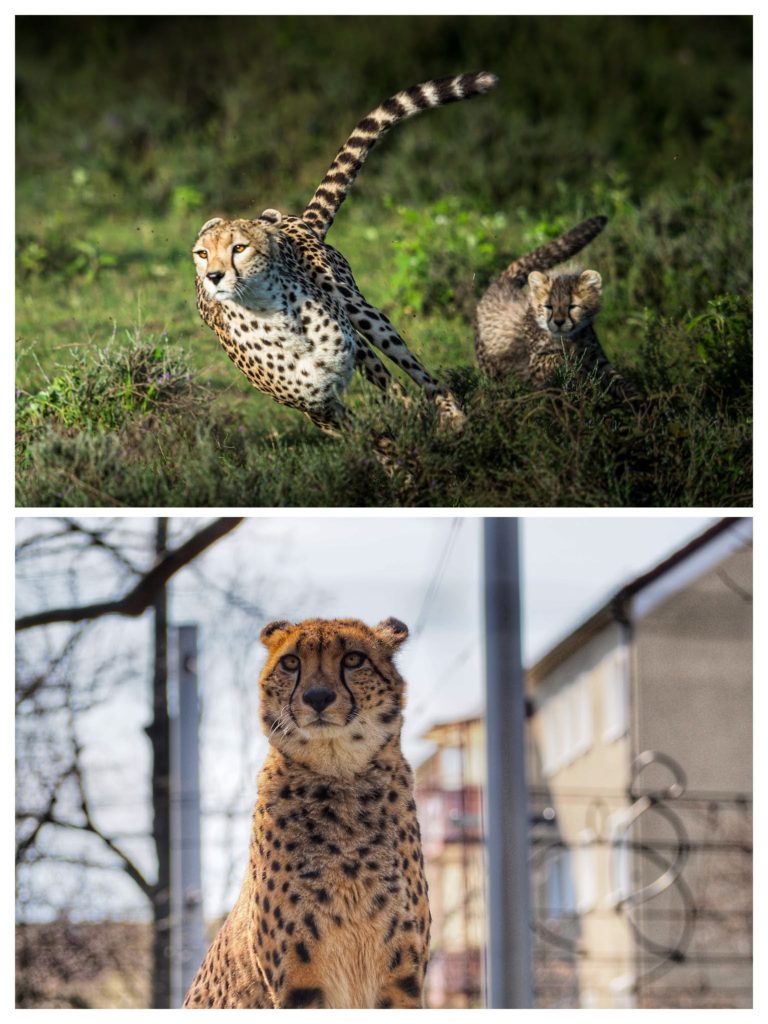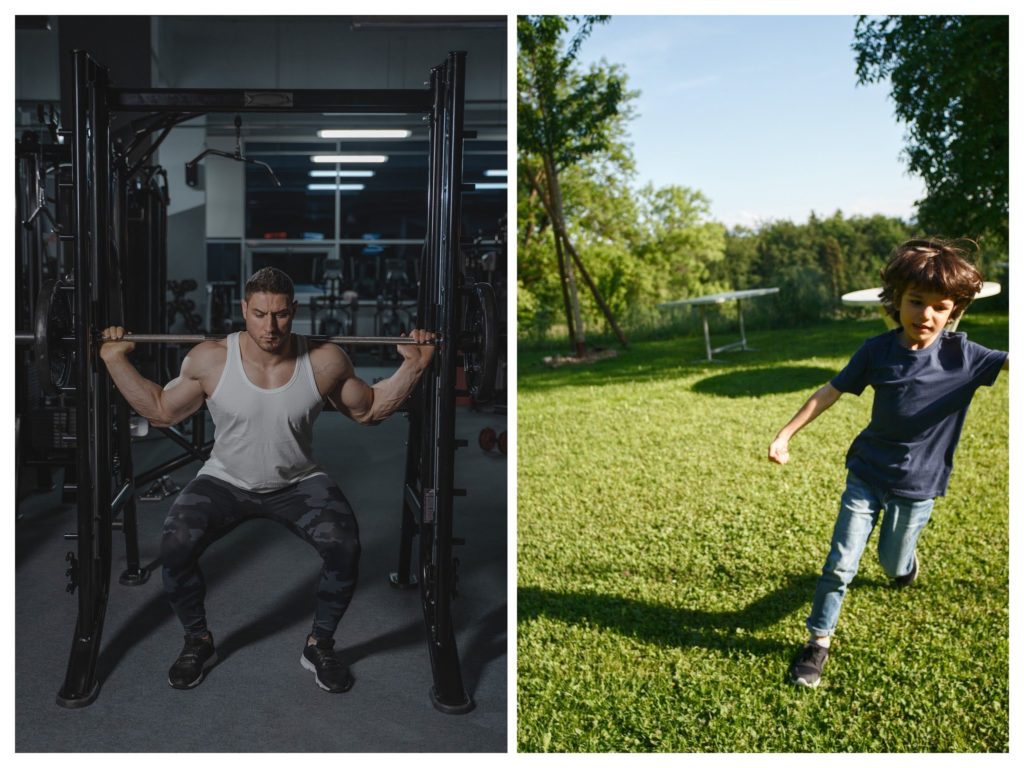Main Menu
Latest Blog Entry
User login
Free the children
Have you been to a zoo recently? You might see a collection of animals behind bars. They have some space to roam but, for the likes of the speedy cheetahs, not enough to get up to full speed and hunt.
They were born to do this.
I have written previously about the stunted development of kittens when their movement is restricted in a lab setting.
Imagine how the cheetah in the zoo feels: pining against his primal urges, wishing to unleash himself and test his speed against the wildlife of the plains.
Would anyone disagree that the natural, uncaged environment is best for this, and many other animals, as long as mankind stops destroying their habitats?
Why do you imprison your children?
There has been a trend in recent years to ‘professionalise’ high school sports. This often means trying to copy what is seen at the college or professional sports level. Or, what is perceived to be done at those levels.
This has meant that high schools have literally put cages into their gyms: calling them ‘Power cages’ (sic) does nothing to diminish the fact that movement is restricted.
No one calls the cheetah enclosure, a ‘power enclosure’ (not yet, anyway). The limited definition of most ‘S&C’ coaches confuses ‘power’ with ‘force’ and this means increasing ‘power’ by adding load to the young athlete.
Quick physics reminder
P=(fxd)/t
Power = (force x distance)/ time.
Power will increase if you do things further and faster, not just adding more load to increase force.
‘The problem is NOT that athletes have too great a spatial awareness.’ Sprint Coach Vince Anderson.
Cages restrict movement and limit speed: the two things that young athletes need to develop. The ‘S&C’ ‘coach’ can justify the expense of the cage by showing how much more mass the young people are moving. Despite the fact that it is slow and has limited range. The environment dictates and limits the scope of programming.
These environments have been dominated by American Football (US) and rugby (Commonwealth countries) and ignore sports where moving external mass (another human, heavy objects) is not part of the sport.
Fencing, badminton, tennis, hockey, soccer, netball, basketball and squash, to name a few, require fast, agile, coordinated athletes (The d and t of the power equation).
If you are training young athletes, then think of how they can improve their speed, coordination, agility and range, often at the same time. How does putting them in a cage help?
Free the children, free your mind. Break the shackles of groupthink.
Further reading: force, power and acceleration. A summary of Jack Blatherwick’s presentation at GAIN
Client Testimonials
 Seb Baylis + Tom Baylis
Seb Baylis + Tom Baylis
"James Marshall is now managing my two sons' strength and conditioning training for a fourth consecutive year. From the very start, youngsters and parents alike have easily engaged with James' professional approach and personable manner. Now both semi-professional cyclists aged 20 and 18, between them they have achieved numerous successes in the National Junior Series, including two stage wins, a silver medal in the National Championships, and selection for team GB in the Junior World Series.
More



